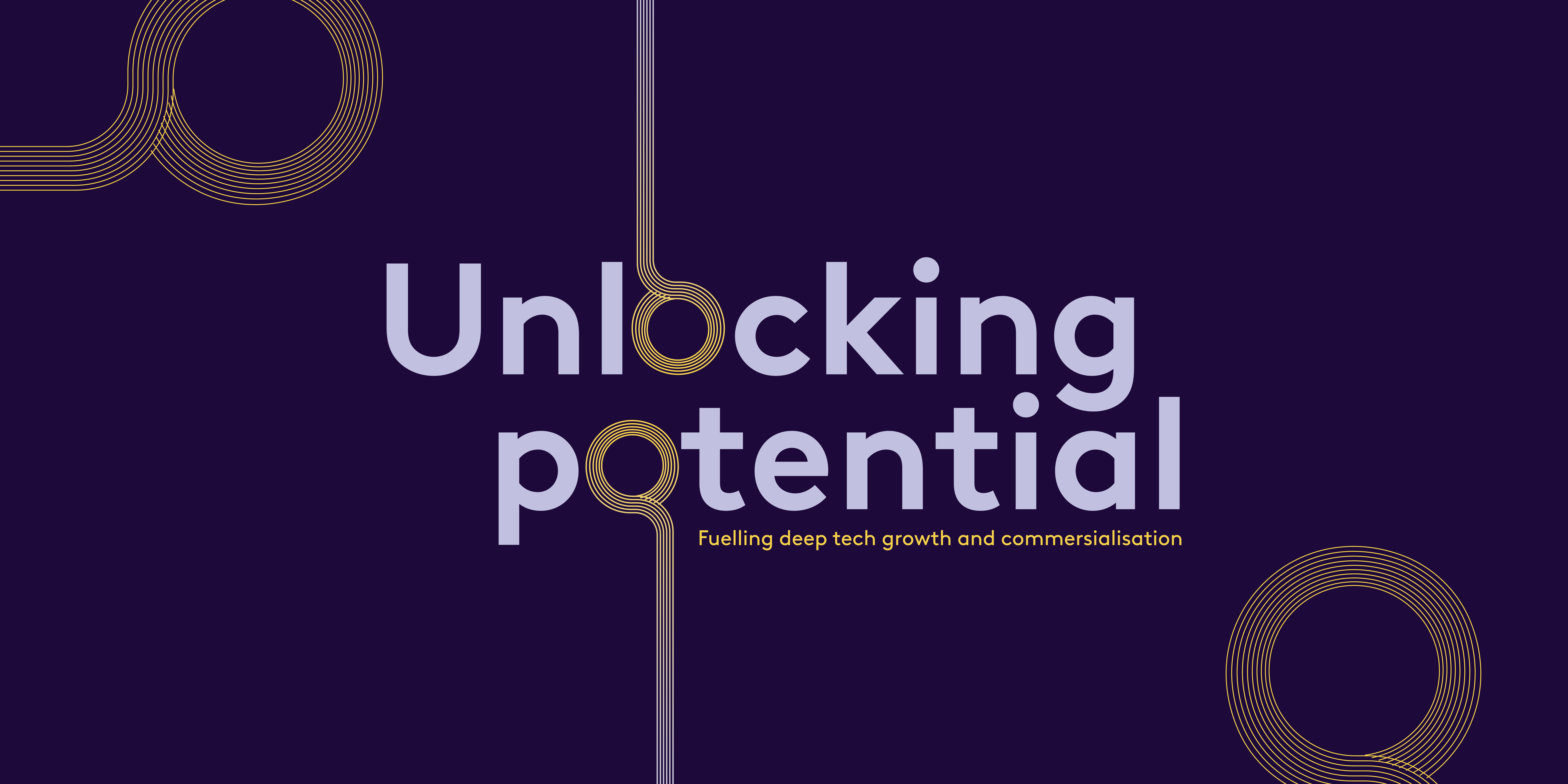Challenger Banks Expanding to the US: The Prospects (2/2)
In Part 1, I outlined the challenges facing the Challenger Banks aiming to expand to the US. Here in Part 2, I’ll take a closer look at their prospects.
I’m optimistic of the timing of entry this year, as it is a more inviting time than ever to make the plunge. Why? There is a recent thawing of US regulatory impediments that stood in the way of Fintechs landing crucial national charters. US customers are increasingly comfortable with Fintechs and branchless banking. Also, there is greater momentum in moving towards an open banking paradigm, as PSD2-driven developments in Europe and the increased influence of native data aggregation APIs like Plaid bring US fintech up the curve.
I’m also optimistic about the Challengers achieving product-market fit (PMF) in the US. The market gap in the US clearly exists, as does sizable customer demand. The European experience proves that a Challenger can drum up a large user base off the back of a good customer acquisition strategy. So the fit in the US is of little worry to me.
That said, ‘PMF alone does not a good business make’. Ultimately, I’m pessimistic about the European Challengers finding success in expanding to the US, largely due to their current business models. As I articulated in Part 1, their B2C business models appear suicidal without a credible path to long-term financial sustainability. In a competitive landscape in which native players are armed to the teeth, the odds (and costs) are heavily stacked against these foreign Challengers. The US banking regulatory context, though navigable, is virtually unknown to most of the European Challengers and generally less conducive to envelope-pushing product development than their native contexts.
Projected Outcomes of the Race for the Current Account
Notwithstanding my pessimism, it would be foolhardy of me to make a binary prediction – the jury’s still out on this question. Instead, I’ll list out a number of different ways that the race could play out, and the likelihood of each in my view.
1.European Challengers win the race as standalone entities (LOW): For reasons stated earlier, expanding to the US would almost be a cost-prohibitive choice for them. Moreover, competing with other players of considerable scale is a steep uphill battle. Mountains of capital to expand won’t address the fundamental issues at play, even if the intention is to acquire products and services to diversify current offerings. Most Challengers are not built to be best-in-class on multiple retail banking products. Even in the UK, diversifying is beginning to look more like “pivoting” for some of these banks. For example, Starling Bank has begun hedging on its fledgling D2C offerings by moving to an increasingly successful B2B bank-as-a-service offering.
2.European Challengers win by connecting with other Fintech products to create de facto ‘full-suite Fintech banks’ (MEDIUM): What would the characteristics of this arrangement be? It would take on the form of a suite or ‘bundle’ of European Challengers’ accounts and US Fintech products that, put together, provide the full stack of consumer banking products that a particular demographic would need. Pairings of fintech products would vary based on unique demographic needs across consumer banking categories and products that can service those needs. For example, a young 23 year old might opt for Bundle A (Monzo + SoFi + Acorns, etc.), a parent of 34 might opt for Bundle B (Revolut + Avant + GoRefi, etc.), and an SME might choose Bundle Z (Tide + Kabbage + FundingCircle, etc.). These offerings would take on the form of a single, cohesive entity (i.e. ‘bundle’) from the perspective of the customer. Technology solutions that power single sign ons, a single point of customer data input, and seamless data integration between the different Fintechs’ products will be the lifeblood of such an arrangement – and a market gap ripe for new Fintechs and investment.
The benefits of having a “one stop shop” platform are that it would provide the European Challengers (and the US Fintechs) combined customer scale, pooled resources, and revenue share opportunities. Moreover, such an arrangement would likely induce customer stickiness. That the platform is curated to contain best-in-category products would enhance customer trust in the quality and reliability of each fintech product. Simplifying customer choice in an increasingly crowded fintech landscape would be better than the current paradigm. Importantly, it would mitigate the risk of a revenue ceiling that the single-offering European Challengers face. That said, the arrangement leaves open an important question: what entity would own the primary customer relationship (One of the Fintechs in the bundle? A third-party aggregator? Someone else?) Regardless, this is the option I’m most excited about, both as an investor and a customer
3.US Challengers win as standalone entities (LOW – MEDIUM): US challengers hold an advantage over foreign Challengers because their business models and offerings are catered to a US audience from the outset. Moreover, they hold better knowledge to navigate the complicated regulatory environment. They can’t, however, match the customer scale of incumbents or big tech: their revenue potential is still capped as with other single-offering banks, and expansion beyond their initial regional contexts can be difficult and costly, much like it is for foreign Challengers moving to the US.
4.Incumbents Win by Developing their own Digital Current Accounts (MEDIUM): This is already happening in droves. On one hand, regulatory constraints and organizational structure limit these banks’ unbridled innovation in building customer products, and they’re already starting behind the new players. Regulation like the Durbin amendment also limits transaction-based revenues on these accounts. But, as in the case with Goldman and its Marcus offering, large incumbents have the purses to buy innovative Fintechs and build in-house competency. They can balance losses on their current accounts with positive contribution from higher-earning products in order to win the market in the long term. And, more than other banking players, they have significant national or global scale, the customer’s ear, and her grudging loyalty.
5.Large Tech Firms win by developing accounts powered by traditional banking players (MEDIUM – HIGH): Large tech firms, particularly ecommerce players, have a stunning amount of data on customer purchases and have demonstrated savvy in creating offerings based on this data. They have significant capital for development, rollout, and partnerships. Granted, they lack the chops to build banking offerings or the technology to translate their data into customized banking solutions. However, they have the means of outsourcing this responsibility, to get a best-in-class product and to circumvent the regulatory scrutiny of being a bank. And they already have the customer scale, brand recognition, and customer trust – at least in their execution – to spread quickly. (And yes, Americans DO trust big tech. Most might hold their noses at Facebook, but the same would bet the house that their Amazon Prime delivery comes on the second day!).
Developments outside of the US could be harbingers of things to come. In China and Indonesia, for example, large ecommerce players like TenCent, AliBaba and Go-Jek have leveraged immense scale and one-size-fits-all offerings in sprinting ahead in the consumer payments and digital banking race (albeit targeting a broader demographic than the European Challengers). Granted, the considerable differences in the infrastructure and nature of incumbents in Western consumer banking markets are two of several factors that make a neat comparison near-impossible. But the scale and customer appeal of the big tech players that contributed to their success in Asia exist in their US analogues, and these could prove to be the defining competitive advantages in the US race.
For European Challengers Planning on Expanding to the US…
Most companies would heed such measured predictions of success as a siren song. Yet many of these European Challengers are gearing up to test the waters in the US. This comes as no surprise – their ambitions, steely determination, and the sizable investor dollars backing them have created heavy tailwinds pointing to the US.
Before they decide to take the plunge, what should they consider? In addition to the myriad of considerations any expanding company should consider, Fintechs and Challenger banks should think about the following:
1.Test the market long before you take the plunge: This means addressing many of the strategic and operational concerns outlined earlier, whether it be evaluating your market of focus, determining your licensing approach, assessing viable partnership opportunities, and interrogating their growth potential within and beyond that market. Ultimately, since many of these questions can’t be answered from across the pond, the Challengers able to begin answering these questions on the ground in a cost-effective fashion will be best positioned to make the leap successfully.
2.Determine how your offerings stack up against the current and prospective competitive landscape: It goes without saying that in order to succeed in expanding to the US, a foreign company’s offering has to be considerably better than its US competitors’, both incumbents and Challengers. An incrementally better banking experience won’t be enough here – others are providing the same. So, determining how to position offerings differently in the increasingly crowded US market and how to provide products that compliment other fintech offerings will be essential. Once the Challenger has earned the US customers dollars, it can work ardently to keep the US customers’ choice using differentiating approaches successful in Europe as well as ones native to the US customer.
3.Prepare to retool your path to PMF in the new context: Some argue that expanding a B2B enterprise Fintech company from one context to the next is easier than a B2C or B2B SME one, given the relative similarity between enterprise preferences across contexts. I’d tend to agree. On the B2C side, differing customer preferences, distribution outlets, sale cycles, and more will likely differ significantly. Achieving PMF in the US is possible, as I mentioned before, but will require retooling both the ‘Product’ and the ‘Fit’ to the US market’s idiosyncrasies. Bargain accordingly for the time and effort needed to do this.
4.Doggedly pursue long-term viability and be wary of deferring the sustainability question: One seasoned investor put it simply: in order to be successful in the longer term, a bank must make above hurdle rates – 10% ROE for traditional banks, and much higher if the bank is venture backed. As such, these foreign Challengers would enter the capital-intensive, heavily regulated US industry with lofty expectations, a short leash and a limited time to turn profits. How then can they hasten their development up the curve?
- – For one, fast track the development of higher-margin credit or lending products, keeping burn and capital raising as conservative as possible.
- – In the absence of these, look to develop high-value product partnerships or bundling (with incumbents or other Fintechs) to share costs, resources, or additional revenue streams.
- – Or look to provide Banking-as-a-Service solutions that power offerings from larger players (incumbents or big tech companies) unable or unwilling to develop products in-house.
Ultimately, I hope that the principles that underpin the Challengers’ burgeoning success in Europe continue to influence consumer banking on these shores. Therefore, I hope that those best-equipped to provide a lasting best-in-class solution rise above the fray.
US customers might not be clamoring for the European Challenger banks as they did for Spotify , but the general call to disrupt the US retail banking experience is deafening. With battle-tested experience and cache from achieving rapid growth in Europe, these players still have much more than a fighting chance of answering that call and thriving in the US market.
Thanks especially to thoughts, questions, and critiques from @Jillwill11; @AlwaysSunnyNYC; @denny_boyle; @fintechjunkie;@MonicaAMurthy; @safwanzaheer; @ImJaiJuneja; @ruthhandcock; @JG_Eldridge; Laura Bock, Joe Tsai; @CBInsights; @TechNation; Confessions of a Fintech Junkie; @OctopusVentures, and more.
As always, I welcome your comments and questions – let’s make this an ongoing conversation













